Burdock root, known scientifically as Arctium lappa, is a versatile and nutrient-rich vegetable celebrated in global cuisines for its earthy flavor and crisp texture. Often overlooked in Western kitchens, this root vegetable has been a staple in Asian, European, and Middle Eastern dishes for centuries. When prepared correctly, stir-fried burdock root—or gobō as it is called in Japanese—transforms into a delightful side dish or a star ingredient in stir-fries, soups, and salads. However, achieving the ideal balance between crunch and tenderness requires precision, particularly when stir-frying. One of the most common questions among home cooks is: How long does it take to cook burdock root in a stir-fry? This article delves into the science and techniques behind stir-frying burdock root, exploring factors that influence cooking time, and providing actionable tips to ensure perfection every time.
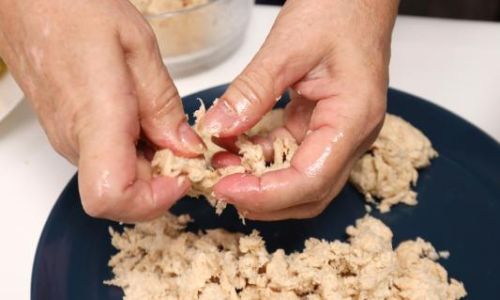
Understanding Burdock Root’s Unique Properties
Before diving into cooking times, it is essential to grasp why burdock root behaves differently from other vegetables. Burdock root is fibrous and dense, with a tough exterior that requires thorough cleaning and peeling. Its high inulin content—a prebiotic fiber—contributes to its crisp texture when raw but also means it softens gradually when exposed to heat. Unlike leafy greens or tender vegetables like zucchini, burdock root needs sustained cooking to break down its fibers without becoming mushy. This duality makes stir-frying a ideal method: high heat quickly tenderizes the exterior while preserving some of its characteristic crunch.
Preparation: The Foundation of Perfect Stir-Fries
Proper preparation is the first step to ensuring even cooking. Burdock root is often sold with dirt clinging to its surface, so scrubbing it under cold water is non-negotiable. Use a vegetable brush to remove debris, then peel the outer layer with a sharp knife or peeler. The peel is edible but can be bitter, so removing it enhances the dish’s flavor.
Once cleaned, slice the burdock root into thin, uniform pieces. The thickness directly impacts cooking time:
- Julienne strips (2–3 mm thick): Ideal for stir-fries, as they cook quickly and evenly.
- Thin slices (1–2 mm thick): Suitable for salads or quick sautés.
- Thicker wedges (5 mm+): Require longer cooking and are better suited for braises or stews.
For stir-fries, julienne cuts are recommended. Soaking the slices in cold water for 5–10 minutes removes excess starch and prevents discoloration, though this step is optional. Pat the pieces dry before cooking to avoid splattering oil.
The Stir-Frying Process: Heat, Timing, and Technique
Stir-frying burdock root involves three critical elements: high heat, constant motion, and precise timing. Here’s a breakdown of the process:
-
Preheat the Pan:
Use a wok or a large skillet with high sides to retain heat. Add 1–2 tablespoons of oil (sesame, peanut, or avocado oil work best) and heat until shimmering. A properly preheated pan ensures rapid searing, which locks in flavor and texture.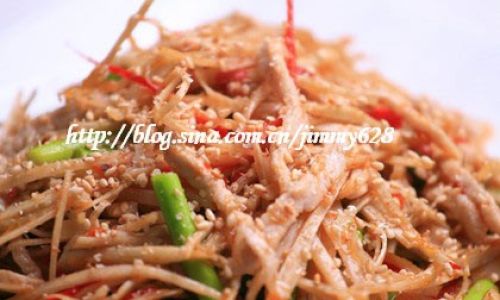
-
Add Aromatics (Optional):
Garlic, ginger, or dried chili flakes can be added at this stage. Sauté for 30 seconds until fragrant, but avoid burning them. -
Stir-Fry the Burdock Root:
Add the prepared burdock root to the pan. Spread it out in a single layer to ensure even cooking. Stir continuously using a spatula or tongs to prevent sticking. -
Monitor Cooking Time:
- Thin julienne strips (2–3 mm): 5–7 minutes.
- Slightly thicker slices (3–4 mm): 7–9 minutes.
- Adjust heat as needed: If the pan becomes too hot, reduce the flame slightly to prevent scorching.
-
Test for Doneness:
Pierce a piece with a fork—it should offer slight resistance but not be crunchy. Alternatively, taste a piece: it should be tender yet retain a mild crispness. Overcooking results in a mushy texture, while undercooking leaves it fibrous and hard. -
Season and Finish:
Add soy sauce, mirin, or a splash of rice vinegar in the final minute of cooking. Toss to coat evenly, then remove from heat immediately to halt cooking.
Factors Influencing Cooking Time
Several variables can affect how long burdock root takes to cook:
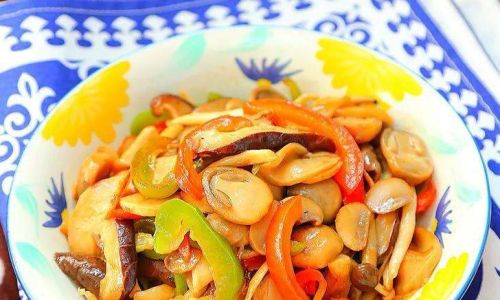
-
Thickness of Slices:
Thinner pieces cook faster but require vigilant stirring to avoid burning. Thicker slices need more time but offer a heartier texture. -
Pan Material:
Carbon steel woks heat and cool rapidly, offering precise control. Non-stick pans retain heat less efficiently and may require slightly longer cooking times. -
Stove Heat Output:
Gas stoves provide instant, adjustable heat, while electric stoves lag slightly. Adjust cooking time accordingly. -
Altitude:
At high elevations, water boils at lower temperatures, potentially increasing cooking time. -
Freshness:
Fresher burdock root contains more moisture, which may slightly reduce cooking time compared to older, drier roots.
Common Mistakes to Avoid
-
Overcrowding the Pan:
Adding too much burdock root at once lowers the pan’s temperature, leading to steaming instead of stir-frying. Cook in batches if necessary.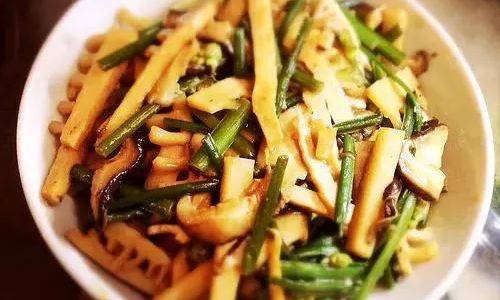
-
Skipping Preheating:
A cold pan results in soggy, unevenly cooked vegetables. -
Under-Seasoning:
Burdock root’s mild flavor benefits from bold seasonings like soy sauce, garlic, or toasted sesame oil. -
Ignoring Texture Cues:
Relying solely on time rather than texture can lead to over- or undercooking. Always taste-test.
Enhancing Flavor and Nutrition
Stir-fried burdock root pairs exceptionally well with:
- Proteins: Tofu, tempeh, beef, or chicken.
- Vegetables: Carrots, bell peppers, mushrooms, or snap peas.
- Aromatics: Scallions, cilantro, or shiso leaves.
- Nuts/Seeds: Toasted sesame seeds, crushed peanuts, or pumpkin seeds for crunch.
For a complete meal, serve stir-fried burdock root over brown rice or noodles. Its high fiber content (100g provides 17% of the daily recommended intake) aids digestion, while antioxidants like quercetin and luteolin combat inflammation.
Advanced Techniques for Enthusiasts
-
Blanching Before Stir-Frying:
Parboil burdock root in boiling water for 2–3 minutes, then shock in ice water. This pre-softens the fibers, reducing stir-fry time by 2–3 minutes.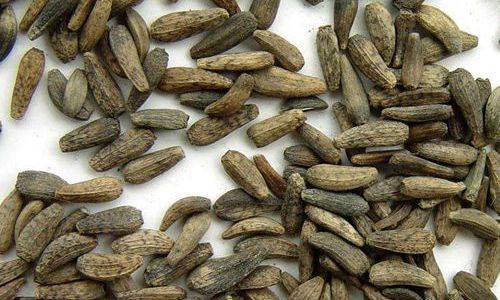
-
Fermentation:
Briefly pickling burdock root in rice vinegar and sugar before stir-frying adds tangy depth. -
Smoky Flavor:
Use a blowtorch or a super-hot pan to char the edges slightly for a smoky aroma.
Conclusion: The Balance of Science and Art
Mastering the cooking time for stir-fried burdock root is a blend of culinary intuition and technical knowledge. While julienne strips typically require 5–7 minutes over high heat, factors like pan type, slice thickness, and stove power demand adaptability. The goal is to achieve a texture that is tender yet retains a satisfying crunch—a hallmark of expertly cooked burdock root.
Whether you’re a novice cook or a seasoned chef, experimentation is key. Start with the recommended timings, adjust based on your equipment, and trust your senses. With practice, you’ll learn to gauge doneness by sight, sound, and even the aroma wafting from the pan. So next time you’re at the market, pick up a burdock root, fire up your wok, and embark on a journey to unlock this humble vegetable’s full potential. Your taste buds—and your gut—will thank you.
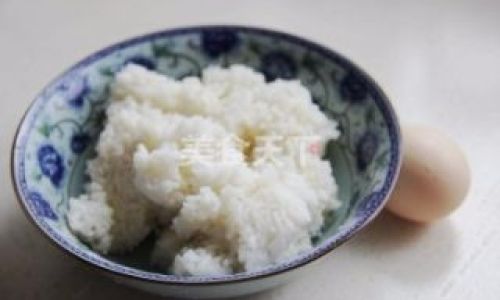
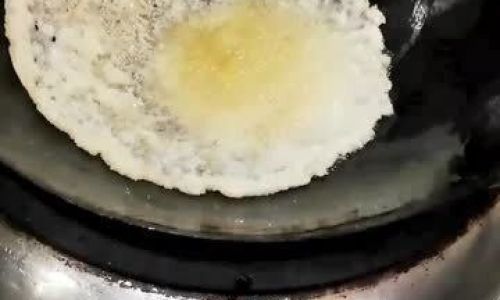

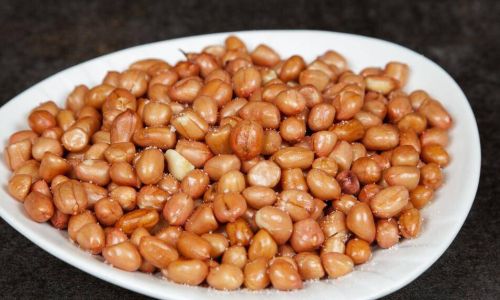
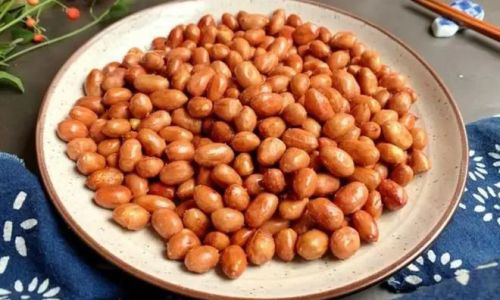
0 comments